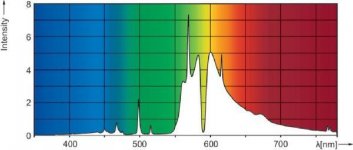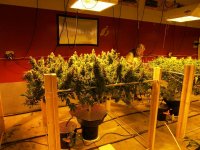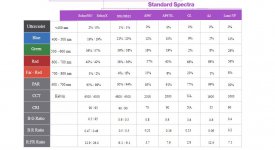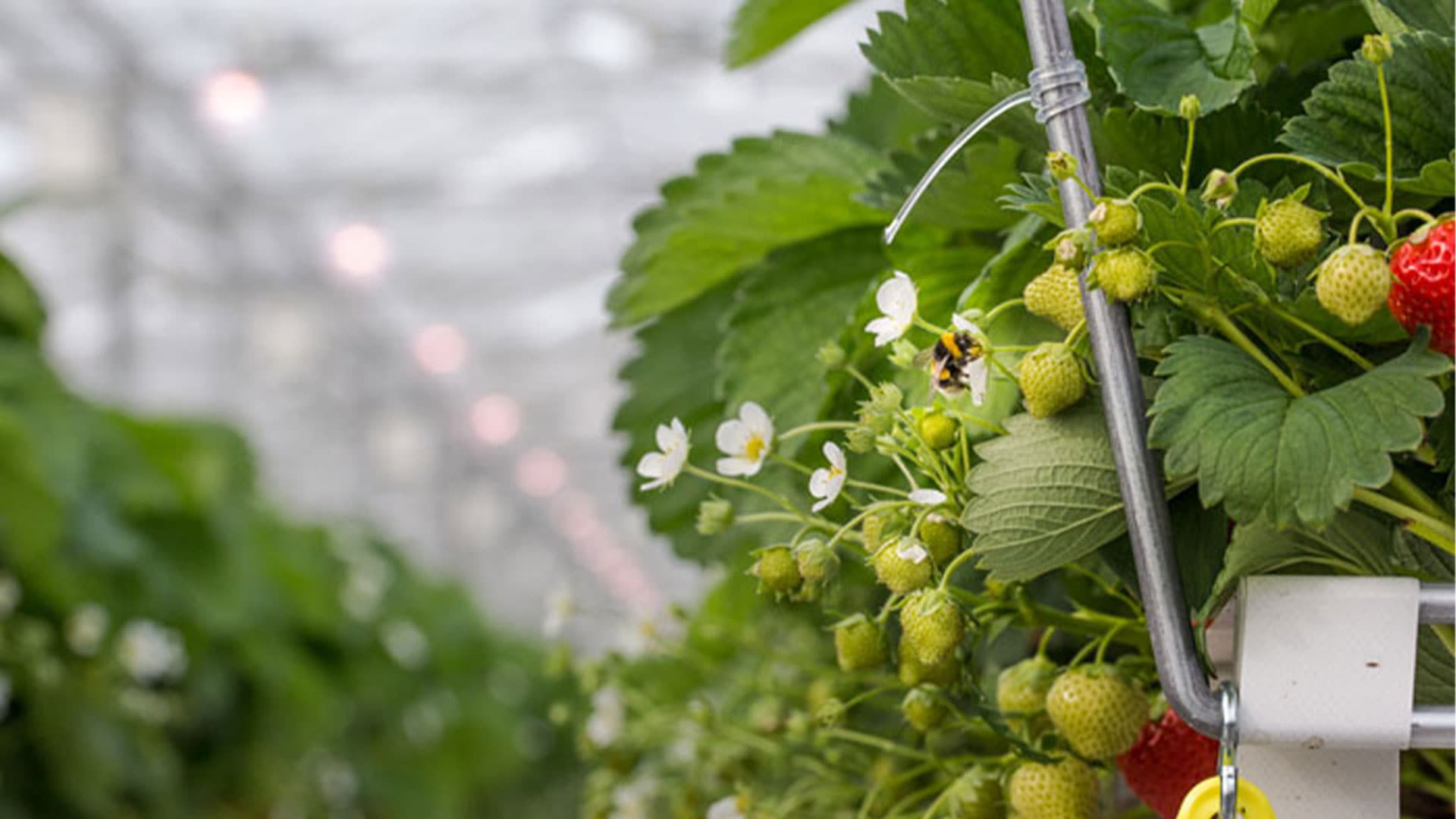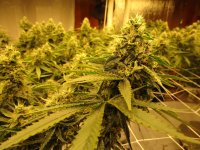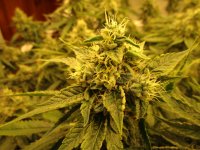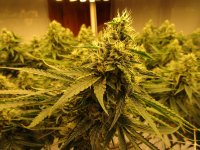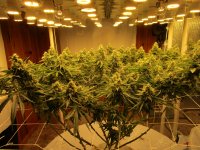greyfader
Well-known member
yes, i re-read it and he uses tomato plants as an example. but elsewhere in his work, he does use the cannabis plant when talking about far-red.I didn't hear anything about cannabis. He echo's my thoughts (and probably helped form them) that FR is for leafy greens. There were some plants looked at that are often seen as analogues of cannabis. Here he found FR undesirable. Where he says in could be useful, isn't bloom, it's veg. He is pointing at a tomato plants, which bloom as they grow up, then fruit. He speaks of early growth, when they are blooming, to get them up to fruiting size sooner. In tomato's it's normal to remove flowers which the plant grows big enough. You need a big plant, with few blooms, as soon as possible. So the FR could be useful. As he says, in early growth.
I will find you that link, as you may be having mixed feelings, when a forum nobody, seems to initially disagree with the ace of spades. Though actually, I agree, and won't be moved
Please talk amongst yourselves.. I may be some time..
in this video, he does say that far-red may not be the best thing for shade-avoiding plants.
the point i'm trying to make about far-red and cannabis is that, after the stretch phase, the cannabis plant doesn't produce much stem and doesn't stretch anymore.
the study you linked to uses far-red throughout the grow. and so he got the results that he showed. which is taller plants. this statement shows that he used lights with significant far-red from the beginning.
quote;
"Once transplanted plants were illuminated with 18 hours of light and 6 hours of darkness (18/6) at ~400 µmol/m2 /s photosynthetic photon flux density (PPFD) during the vegetative stage of growth. Two, 135 watt 3500k white (420nm-780nm) “Roleadro” end quote.
white 420nm-780nm was used in veg and for the control plants throughout the entire grow. he then used various intensities of supplemental far-red from the beginning of 12-12 which encompassed the stretch phase.
this is why he got the results he shows.
he may have gotten less flower weight just because of the increased height and therefore distance from the lower foliage.
what i'm doing is almost eliminating far-red and limiting dark red through the vegetative period and into flower for the first 3 weeks or near the end of the stretch phase.
i've been growing potent, dank flowers with white leds alone but they do not get as large as my hps flowers did.
so, the question is what does hps have that white leds don't.
the answer is much less blue and a lot more dark red and far-red.
back in the early days of indoor cannabis growing it was common to use metal halide for veg and stretch and then switch to hps.
then along came agricultural hps bulbs that contained some blue fraction and this helped the plant morphologically and maybe increased cannabinoids somewhat. but still caused more stretch than metal halides alone.
hps grown plants have greater internodal spacing than the same strain under leds.
by using a high blue ratio during veg and stretch and then applying a low blue ratio and much greater dark red and far-red after the plant finishes stretch i'm still getting tight nodal spacing and larger flowers at the same time.
there are led light manufacturers who make dedicated lights with different spectral distribution for vegetative and flowering cannabis plants. Valoya is one.
this chart shows the different spectra they offer. as you can see some are more suited for the vegetative phase and some are more suited for the flowering phase.
then the spectral distribution of a philips green power 1k watt de bulb.
which i used to grow the plant in the picture.
i couldn't copy the valoya spectrum chart but here is the page. on this page they show various led products designed for different phases of growth.
Spectra
Home → Spectra Spectra LED Lighting Spectra Valoya is a spectrum company. All of our research is directed towards understanding what kind of light is optimal for plant growth and …
Attachments
Last edited:

